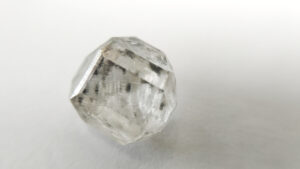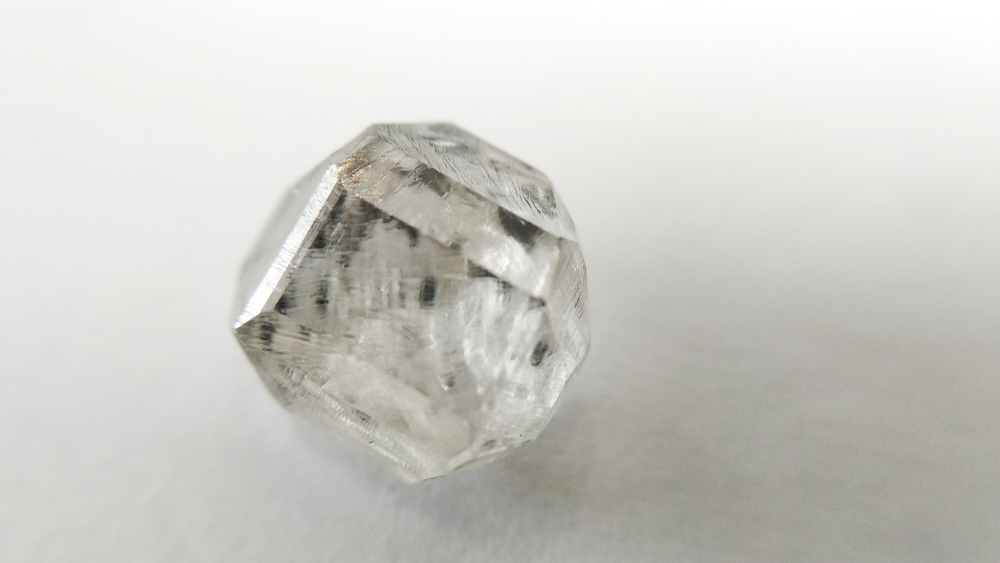
Modern technical procedures that replicate the natural conditions under which diamonds originate are used to produce artificial diamonds. A diamond that has the same crystal structure, hardness, and optical characteristics as real diamonds is the end result. These lab-grown diamonds are free from the ethical concerns associated with diamond mining and often come at a more affordable price.
Cutting-Edge Applications In The Medical Field
Artificial diamonds have been increasingly recognized for their unique properties and potential applications in the medical field. Their exceptional hardness, thermal conductivity, biocompatibility, and resistance to wear and corrosion make them promising materials for various medical devices and treatments.
Diamond-Coated Surgical Instruments
One potential application of artificial diamonds in the medical field is the development of diamond-coated surgical instruments. The hardness and durability of diamonds make them ideal for coating surgical tools, such as scalpels, scissors, and drills. Diamond-coated instruments have the potential to provide improved precision, longevity, and resistance to wear, enhancing surgical procedures and reducing the need for frequent replacements.
Diagnostic And Therapeutic Applications
Artificial diamonds also show promise in diagnostic and therapeutic applications. Their unique optical properties, including high refractive index and low light absorption, make them suitable for optical imaging and sensing techniques. Diamond-based sensors and probes have been explored for various applications, such as detecting biomarkers, monitoring pH levels, and imaging biological tissues. These advancements have the potential to enhance disease diagnosis, drug delivery systems, and personalized medicine.
Diamond For Drug Delivery Systems
The surface properties of artificial diamonds can be modified to facilitate drug delivery. Nanodiamonds, tiny diamond particles, have shown promise in drug delivery systems. The surface of nanodiamonds can be functionalized to carry and release therapeutic agents, such as drugs or genes, to specific target sites in the body. This targeted drug delivery approach can enhance the efficacy and minimize side effects of treatments for various diseases, including cancer.
Biomedical Implants And Prosthetics
The exceptional biocompatibility of artificial diamonds makes them suitable for biomedical implants and prosthetics. Diamond coatings can enhance the biocompatibility of implant materials, reducing the risk of rejection and improving integration with the body’s tissues. Additionally, the thermal conductivity of diamonds allows for better heat dissipation in implants, reducing the risk of overheating or inflammation.
Artificial diamonds have demonstrated significant potential for applications in the medical field. Their unique properties, including hardness, biocompatibility, and optical characteristics, make them suitable for various medical devices, diagnostics, drug delivery systems, and implants. While further research and development are necessary to fully explore and optimize these applications, the progress made thus far is promising. Artificial diamonds have the potential to contribute to advancements in medical technology, enhancing patient care, precision, and treatment outcomes. As technology continues to evolve, we can expect to see further innovations and breakthroughs in harnessing the potential of artificial diamonds in the medical field.
